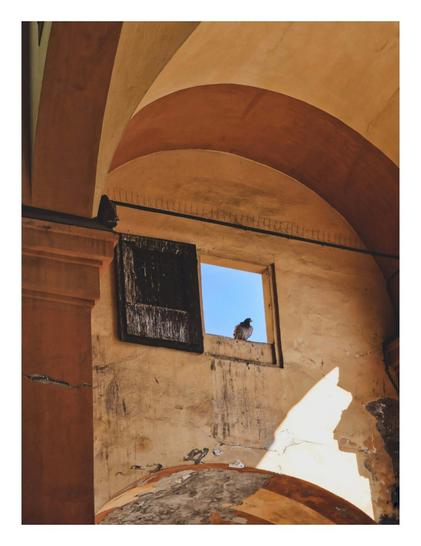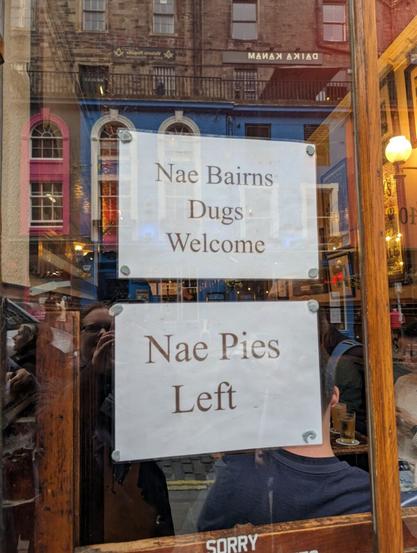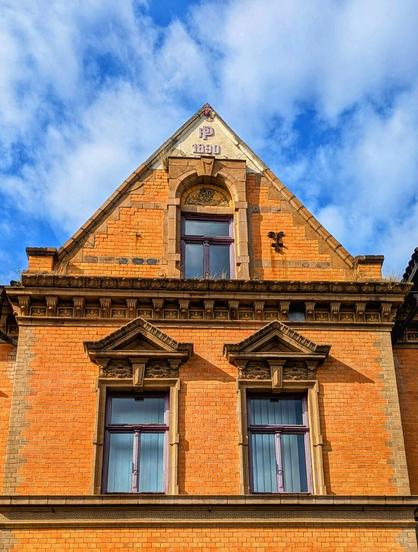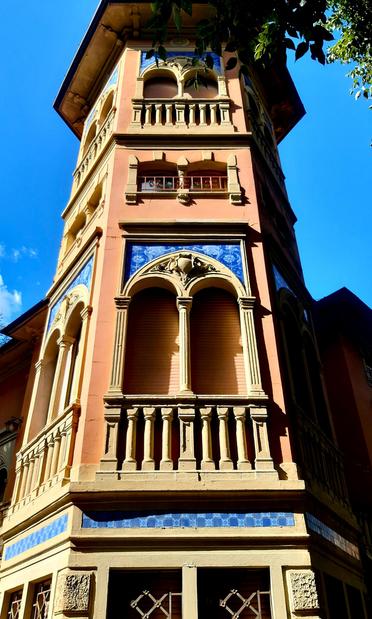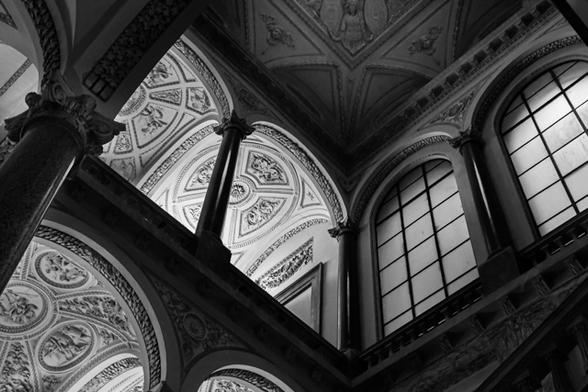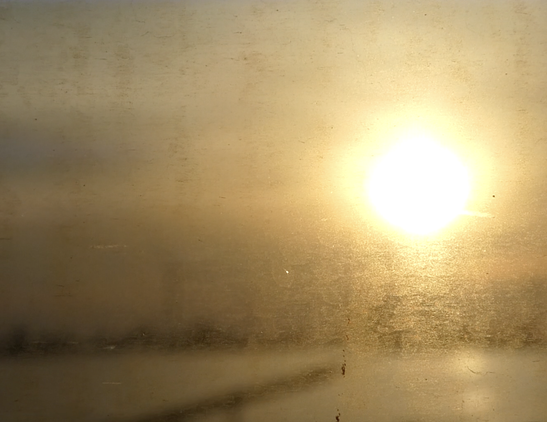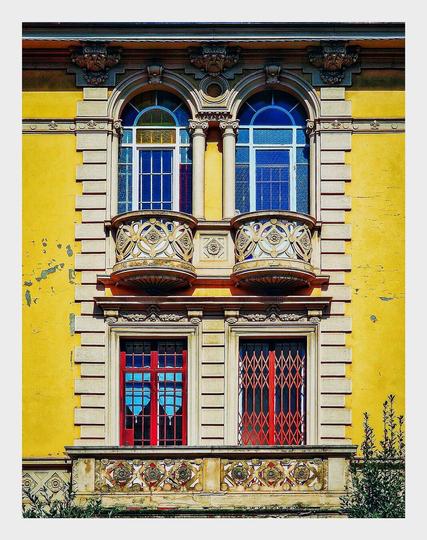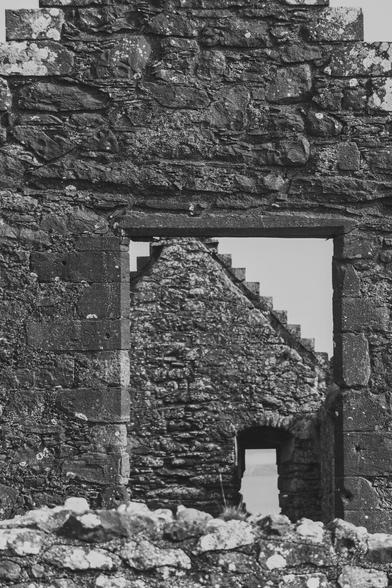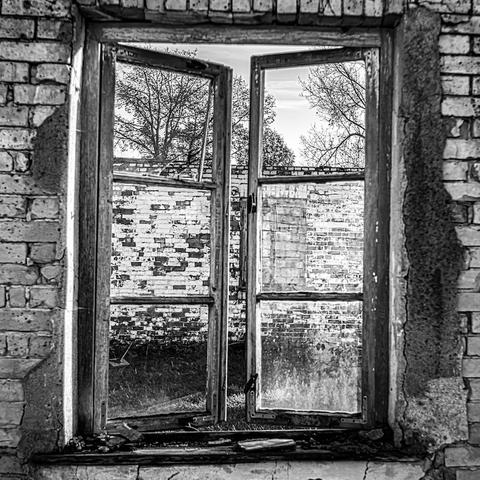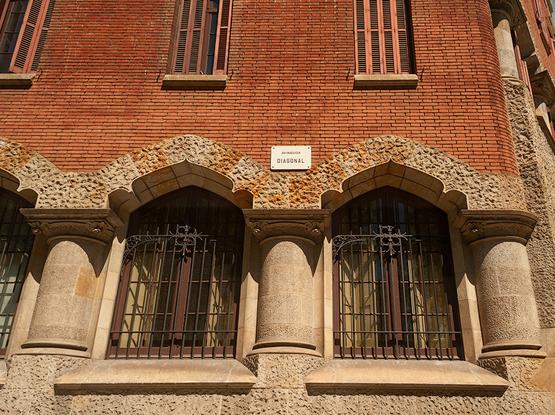Lens-Artists Challenge #344: Abandoned
Each weekend, on a Saturday afternoon, odds are you’ll find me sitting on the sofa waiting for the next Lens-Artists Challenge to be posted with mixed feelings of excitement and trepidation for the subject to be revealed. So I was thrilled to bits when Anne from Slow Shutter Speed, who is hosting the Challenge this week, posted the theme ‘Abandoned‘. ‘Oh boy! This is right up my street’, I quickly commented on her post. ‘There are loads of abandoned buildings around our neck o’the woods. Now I just need the weather to clear up!’
The last part of the comment referred to the prevailing conditions at the time, which according to the weather forecast is rain for most of the week. It’s a double blow, really, because this week is also ‘Folder Week’, a celebration of vintage folding cameras and I had grand plans for this week with the KW Patent Etui 9×12 folding camera from the 1920s and a 118 format roll film back. So I resigned myself that I would have to go back to the archives and post some old images of abandoned buildings around the area.
And then the unthinkable happened. The skies started to clear, and the sun came out. What? Might I actually get outside after all? My original plan was to take out an old Olympus Pen E-PL1 micro four-thirds mirrorless camera and the Lomography Experimental Lens Kit and take some multiple exposure images of some of my favourite abandoned buildings, Pep Ventosa style. If you don’t know, Pep Ventosa is a photographer who takes many images of a subject, from loads of different angles, and them merges them together to form wonderful fantasy-like images. I’ve tried this technique before, but it’s been a while, and I was keen to have another go.
The Lomography Experimental Lens Kit are three plastic lenses of questionable quality for micro four-thirds cameras. There’s a 25mm standard lens, a 12mm wide angle lens, and a 9mm fish-eye lens that I’m not really sure is truly a fish eye lens. What makes the Experimental lens kit unique, though, is that each of the lenses include a shutter mechanism. What this means is that it can be used for in camera multiple exposures in digital cameras. So there was my plan: to try some Pep Ventosa in camera multiple exposures.
The fish’eye lens from the Lomography Experimental Lens kit. Is it really a fish-eye?
Unfortunately, as is typical with me, the plan didn’t quite work out as intended. The battery for the E-PL1 needed a charge, but it was taking an age and I wanted to get outside before the clouds rolled back in, so I found another one. Unfortunately, I only got a couple of photos out of the E-PL1 before that battery failed. So that left me in the middle of Águas Boas with one empty camera, a half-frame Welta Penti II with a couple of frames remaining, and my smartphone.
So I changed my plans, again, and took a different tack. Instead of multiple exposures of the whole building, I chose to get close up with the smartphone and record some abstracts, textures, and just parts of the various abandoned buildings in Águas Boas. Here we have a series of parts of abandoned buildings, and the exterior wall tiles that were once so typical of buildings in Portugal. I hope that you will enjoy them.
Themes for the Lens-Artists Challenge are posted each Saturday at 12:00 noon EST (which is 4pm, GMT) and anyone who wants to take part can po3st their images during the week. If you want to know more about the Challenge, details can be found here, and entries can be found on the WordPress reader using the tag ‘Lens-Artists’.
The one that got away: I really wanted to get close up to the door of this abandoned shed,
but it was behind an old rusty fence.
If you are on Mastodon, you can now follow this blog directly. Just go to Mastodon and follow the ‘Snapshot’ WordPress account at @keithdevereux.wordpress.com. All new posts will be automatically updated to your timeline.
#Abandoned #Architecture #Broken #Building #Challenge #Decay #Disrepair #Door #House #LensArtists #Old #Ruin #Urban #Wall #Window #LensArtists
